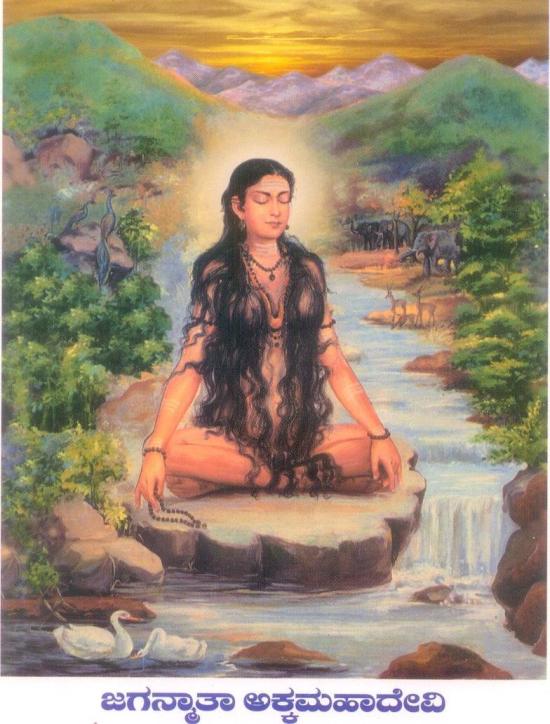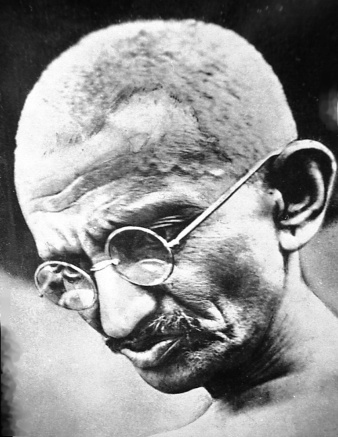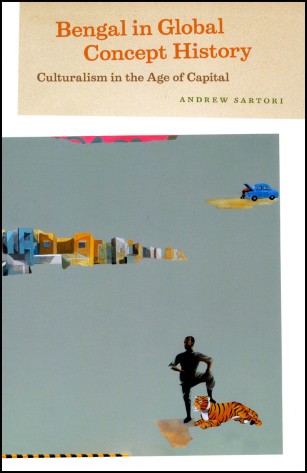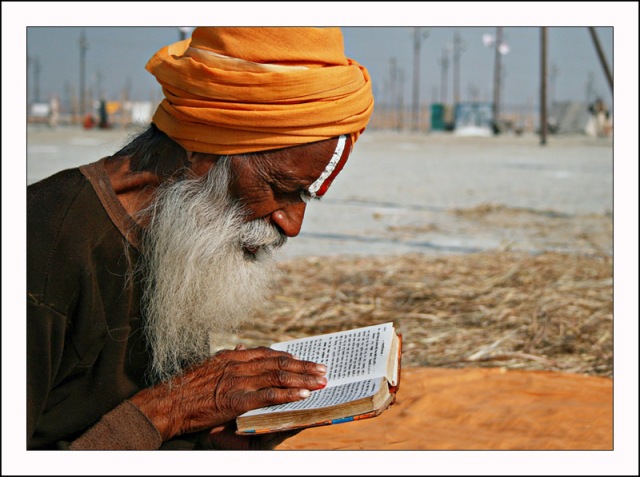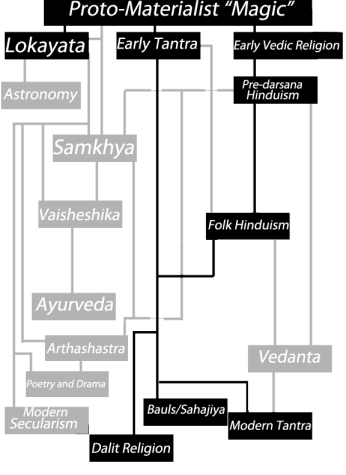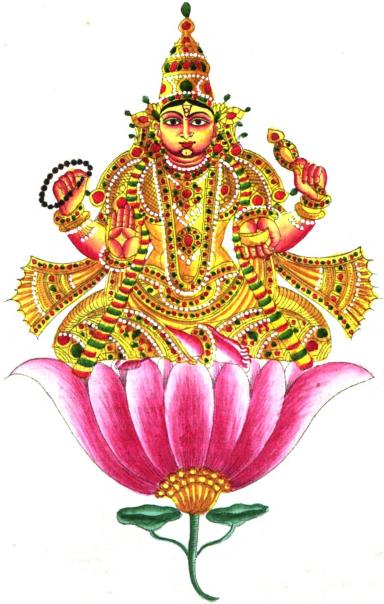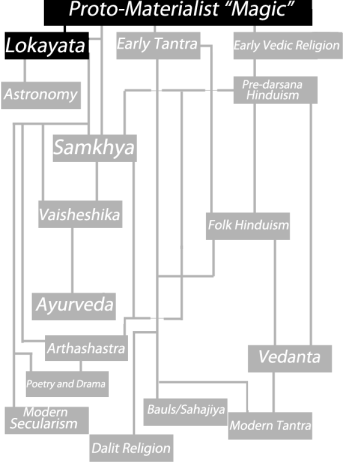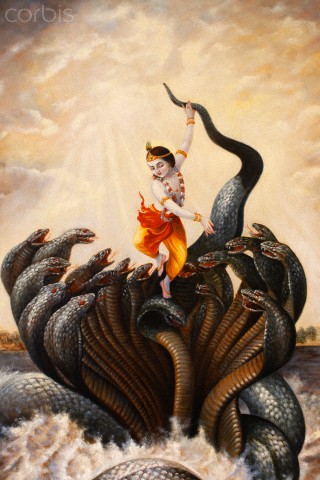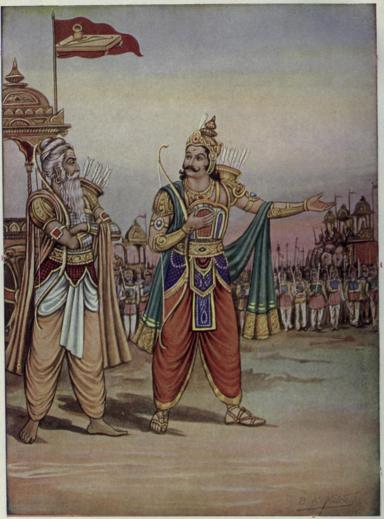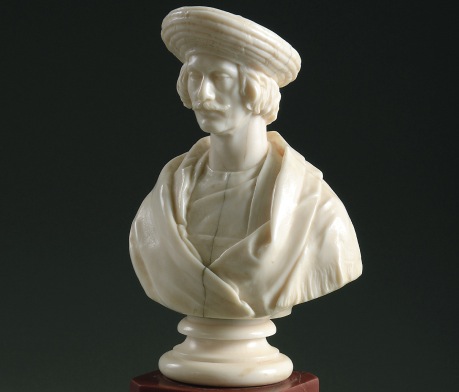
A bust which Roy actually had the patients to sit for (unlike many portraits of him). Image Source
The Problem
When entering the realm of European liberal discourse, Rammohan Roy was faced with a double sided problem. Firstly, liberal thought at the time considered India to be in a state of backwardness, and therefore inherently unfit for political autonomy. Secondly, it was thought that a culture lacking a tradition of liberty couldn’t produce individuals worthy of entering the public discourse. Thus, Roy had to simultaneously challenge liberalism’s notions of civilizational advancement and backwardness, and also convince his opponents to stop seeing him as a primitive who lacked the right to participate in the intellectual arena.
Roy’s solution to this (consciously formulated or not) was to create a new paradigm within liberalism based on some concept of “class” instead of race or culture. In this paradigm elites across cultures have more in common with one another, than they do with their respective sets of commoners. This is why elites everywhere practice forms of religion closer to monotheism, and also why idolatry and trinitarianism are practiced by the masses of ignorant commoners. Based on this logic, the British elites in India should support and cooperate with their Indian counterparts, as they constitute the same in-group. Educated and mercantile elements of both societies should engage in commerce and cultural interchange, and work for the upliftment of the ignorant underclass of both British and Indian populations. In this new model, the relationship of liberal upliftment is shifted from something akin to the “white man’s burden,” to something more akin to the “bourgeois monotheist’s burden.”
Liberalism was indeed universal in regards to the equal capacities of all human beings. However, liberals saw those who came from “despotic” societies as inherently primitive in social development, and therefore unworthy of political representation. Furthermore, liberals looked for certain social indicators, which would identify people as worthy of political inclusion, and deserving a voice in the public sphere. These indicators included language, dress, education, and religion which were easily recognizable as civilized by Europeans.1
